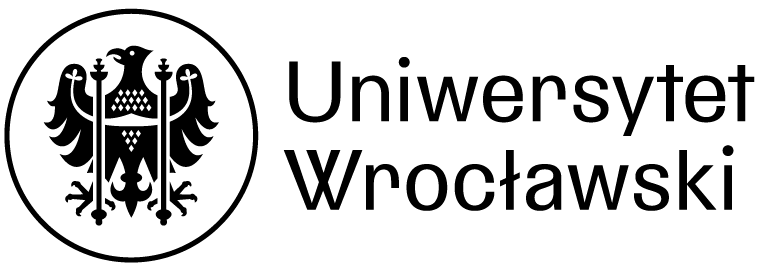
INSTYTUT ARCHEOLOGII
Instytut Archeologii świadczy usługi w zakresie badań wykopaliskowych i prac konserwatorskich, zgodnie z aktualnym stanem prawnym i zapotrzebowaniem na rynku. Działalność inwestycyjna, w tym głównie prace budowlane i instalacyjne prowadzą często do naruszenia, bądź zniszczenia reliktów przeszłości istotnych pod względem naukowym i konserwatorskim. W takich sytuacjach służby konserwatorskie wnioskują konieczność przeprowadzenia ratowniczych badań archeologicznych. Instytut Archeologii oferuje przeprowadzenie takich badań zgodnie z wytycznymi Narodowego Instytutu Dziedzictwa i odpowiedniego Wojewódzkiego Konserwatora Zabytków i z zachowaniem aktualnych rygorów metody wykopaliskowej. Badania Instytutu koncentrują się w ostatnich kilkunastu latach na dużych inwestycjach drogowych oraz w historycznych centrach miast, głównie Wrocławia. Wyniki tych wykopalisk podlegają następnie analizie naukowej, są przedstawiane do dyskusji w krajowym i międzynarodowym środowisku archeologów oraz publikowane w regionalnych i światowych czasopismach i monografiach.
Oferta Pracowni Archeometrii i Konserwacji Zabytków skierowana jest do innych jednostek prowadzących badania wykopaliskowe, głównie instytucji naukowych, muzeów i firm prywatnych. Działania konserwatorskie są przeprowadzane dla artefaktów wykonanych z różnych surowców. Z uwagi na dużą ilość znalezisk oraz często znaczną aktywność chemiczną koniecznym jest niezwłoczne zabezpieczanie zabytków otrzymanych z metali oraz ich stopów. Należy tu wymienić zwłaszcza żelazo i stale; miedź oraz inne historyczne metale nieżelazne: jak cyna, ołów czy srebro. Nie bez znaczenia jest także sprawowanie opieki nad innymi zabytkami nieorganicznymi, jak ceramika czy szkło.
Dzięki wyposażeniu pracowni w wysokiej jakości aparaturę, w tym w liofilizator, możliwym jest również prowadzenie nowoczesnych prac konserwatorskich dla zabytków organicznych, w tym drewna, skór oraz tekstyliów, szczególnie świeżo wyeksplorowanych. Za sprawą działań konserwatorskich kruche i delikatne zabytki, jak fragmenty butów czy ubrań mają szansę nie tylko zostać ocalone, ale także być odpowiednio przygotowane do dalszych badań specjalistycznych, np. obserwacji mikroskopowych. Ograniczeniem w prowadzeniu prac konserwatorskich dla zabytków organicznych jest ich wielkość: maksymalnie jest to 1,3 m długości/szerokości oraz 0,35 m grubości.
